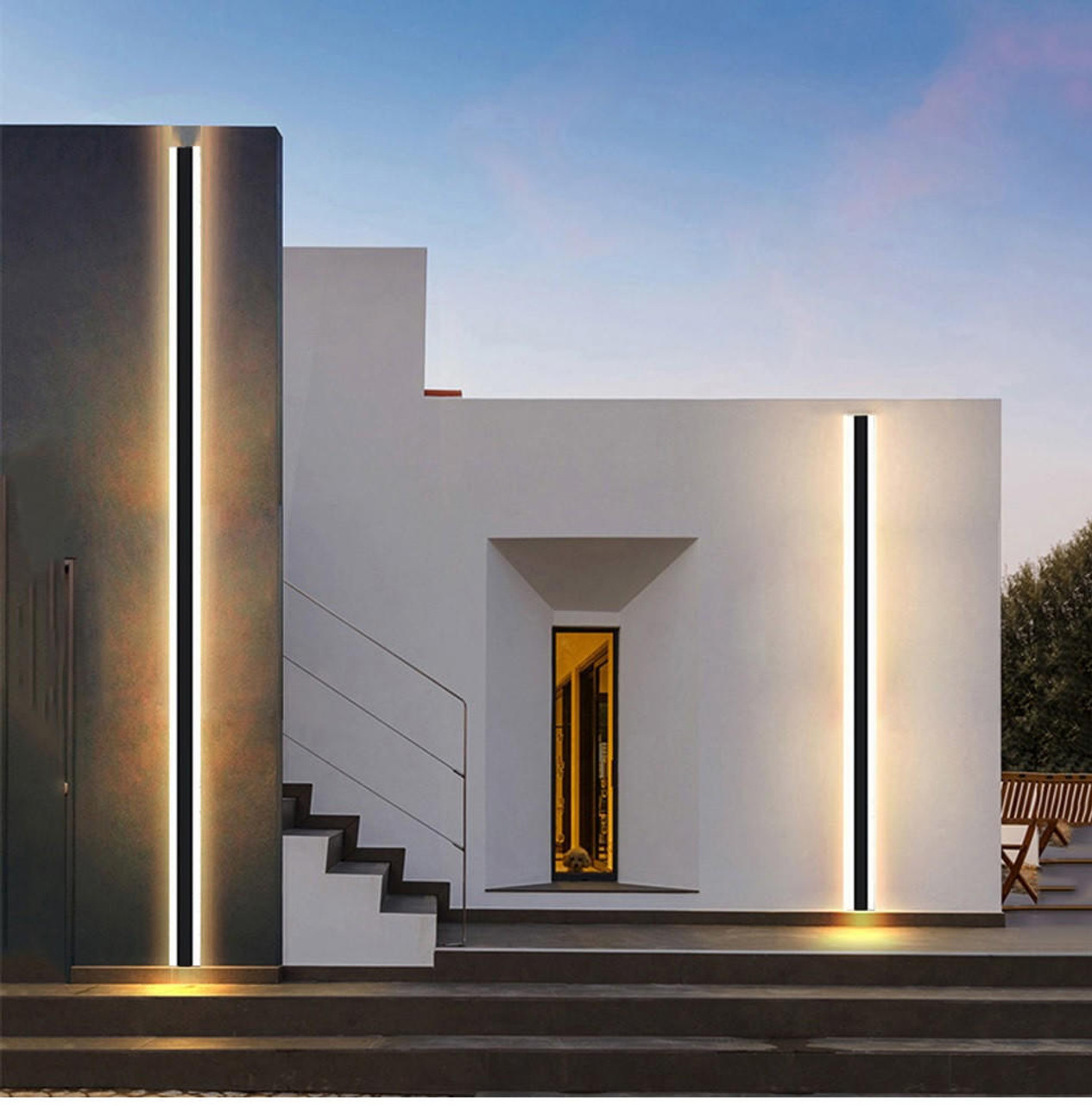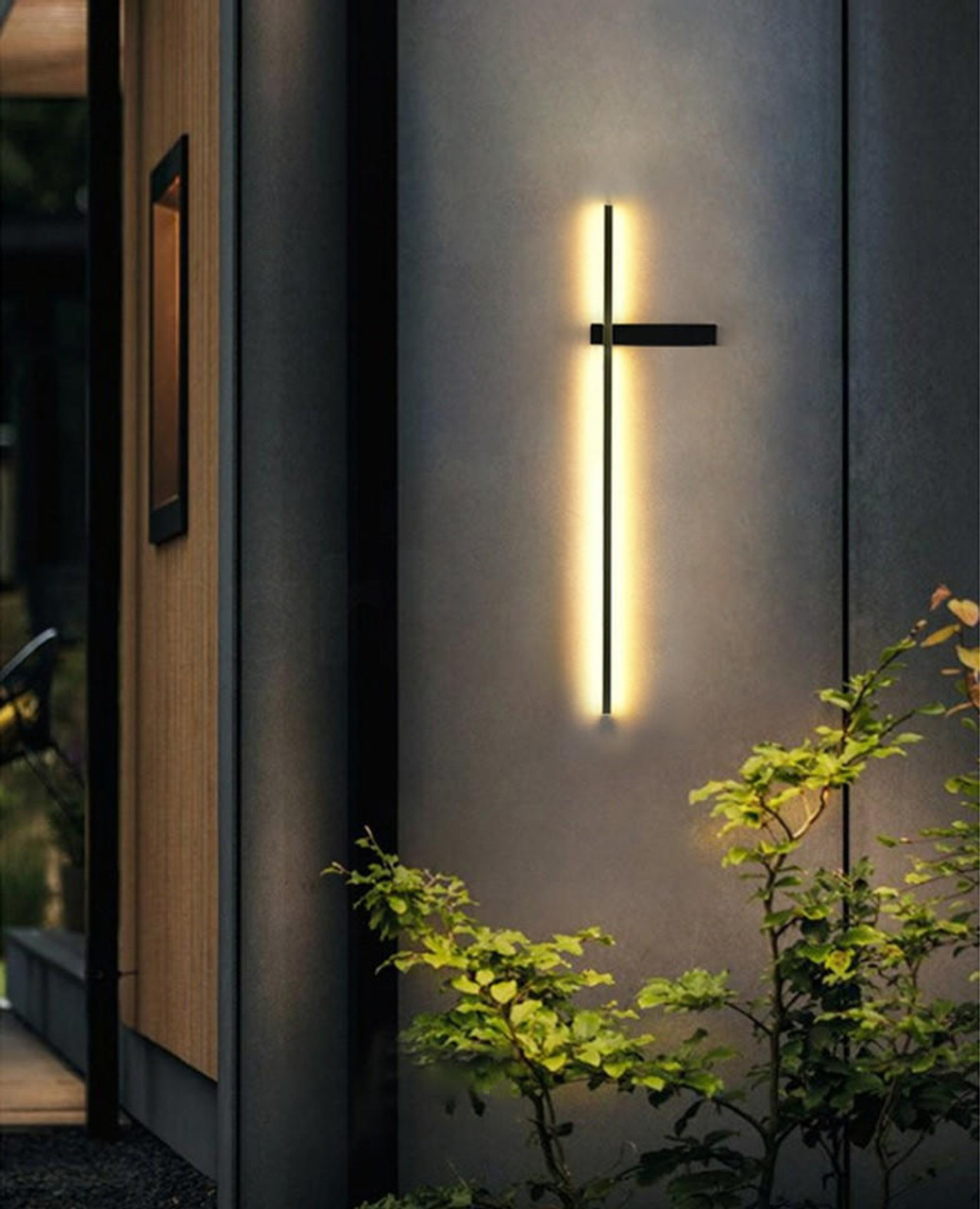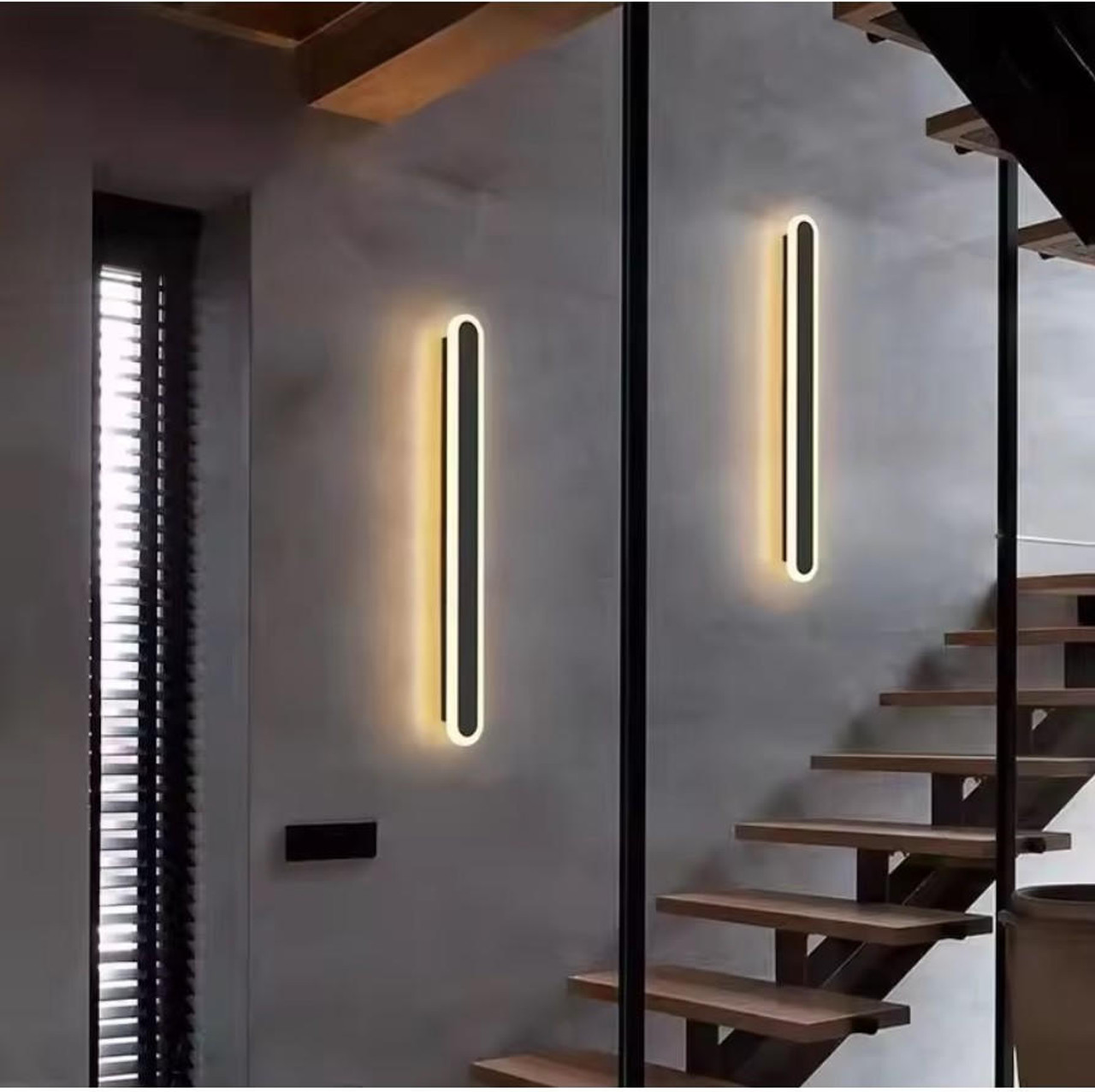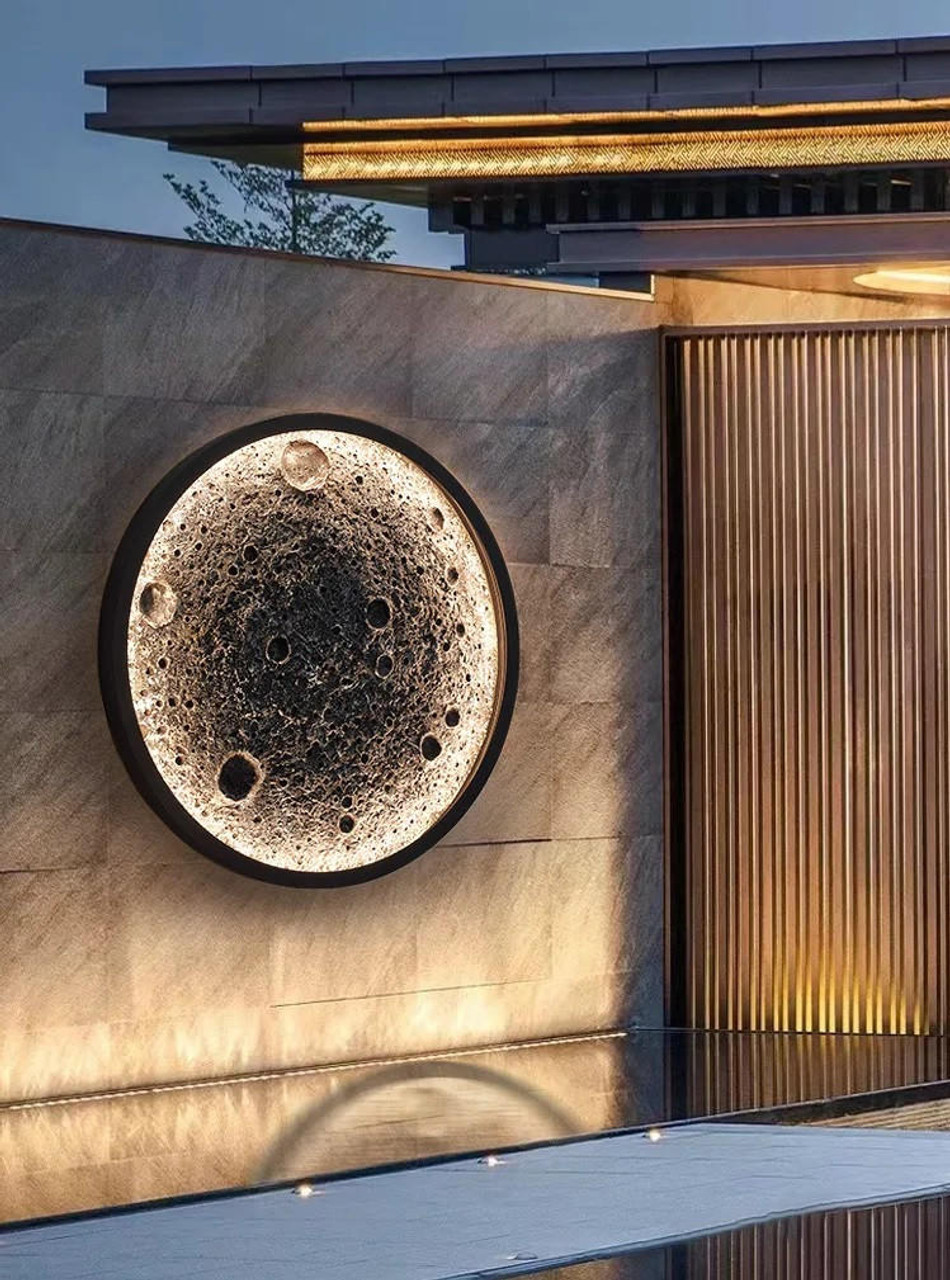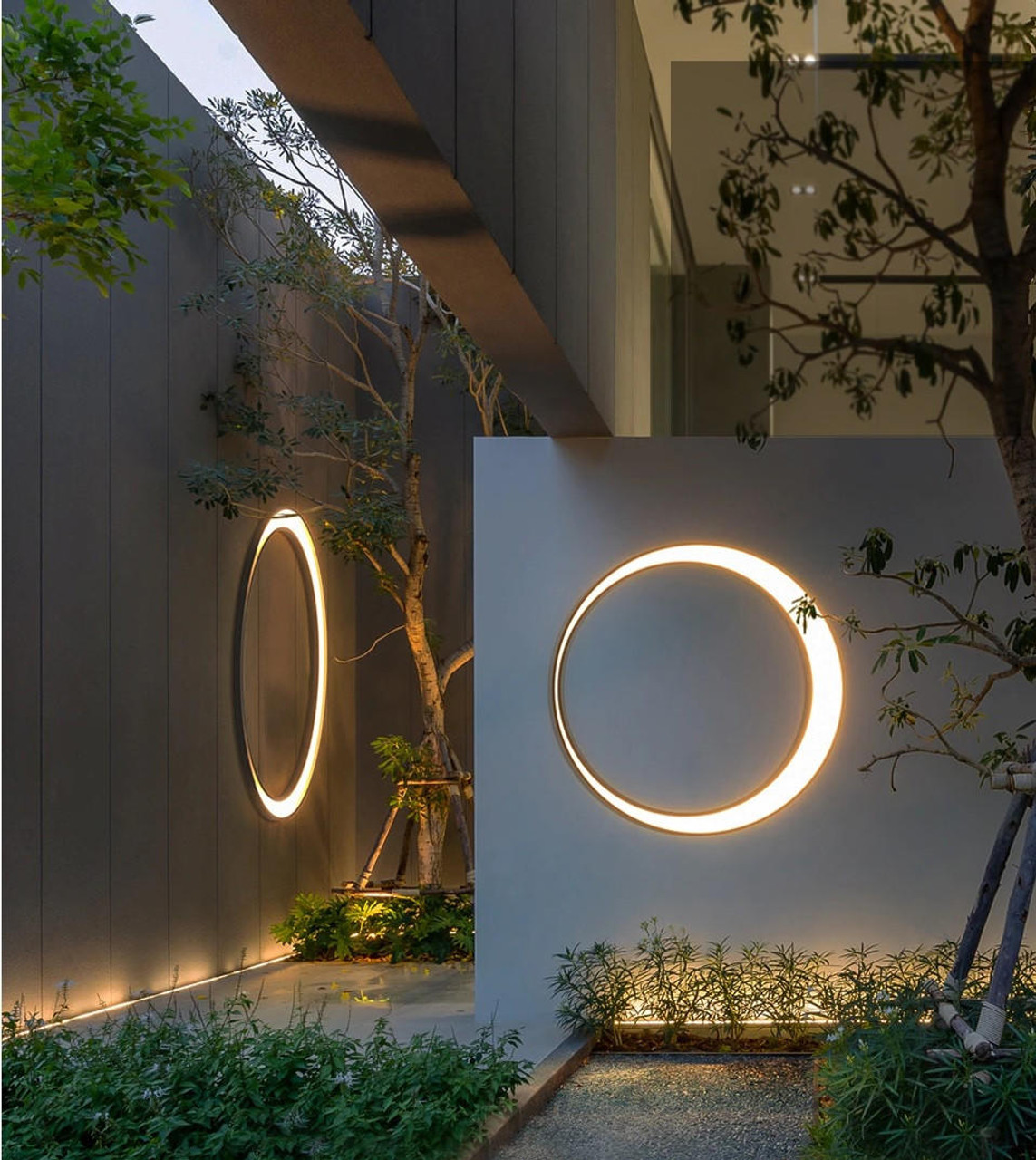The Perfect Balance: How Architecture and Lighting Work Together
Posted by Bert Ron-Harding: Architectural Technologist on 12th Sep 2024
Architecture and lighting are two inseparable elements of design. Together, they shape the way we experience spaces, influence our emotions, and impact how buildings function. In architecture, I’ve always believed that form and function must coexist, but there is an often-overlooked element that plays a crucial role in both: light. Whether natural or artificial, lighting transforms architecture from static structures into dynamic, living spaces.
In my work, I’ve seen how architecture and lighting work in harmony, guiding movement, evoking emotion, and creating environments that are not just seen, but felt. This synergy is as much about science as it is about art. It’s about understanding how light interacts with materials, how shadows can enhance a space, and how illumination can be both functional and aesthetic.
Let’s explore how architecture and lighting can work together to create spaces that inspire, how the relationship between light and structure can shape our perception of the built environment, and why this delicate balance is essential in contemporary architecture.
Architecture and Lighting: A Symbiotic Relationship
The relationship between architecture and lighting is symbiotic. Architecture defines the physical boundaries of a space, while lighting brings it to life. Without lighting, even the most stunning architectural forms would remain inert. Light introduces dimension, depth, and texture, revealing the subtleties of a design that might otherwise go unnoticed.
Consider the way light interacts with natural materials like wood, stone, and glass. A well-designed building isn’t just about its shape or structure; it’s about how it interacts with light throughout the day. The natural sunlight streaming through a carefully positioned window can change the mood of a room, casting shadows that enhance its geometry and textures. Similarly, at night, artificial lighting can transform a space entirely, creating an ambiance that complements or contrasts with the daytime experience.
For example, in the design for the Copenhagen Harbor Bath, the play of light on water was essential. During the day, natural sunlight reflects off the water’s surface, casting rippling patterns of light onto the wooden decking and surrounding structures. At night, carefully placed artificial lights illuminate the pools, creating a warm and inviting glow that transforms the space into an entirely different environment. In both cases, it’s the interplay between architecture and lighting that creates an immersive experience.
Natural Light: The Foundation of Architectural Design
When discussing architecture and lighting, it’s impossible to ignore the importance of natural light. The sun is the most powerful source of light, and its movement throughout the day and across seasons has a profound impact on how we experience buildings.
From an environmental standpoint, harnessing natural light is essential in creating energy-efficient buildings. But beyond that, natural light can have a tremendous effect on the well-being of the people who use a space. Studies have shown that access to daylight improves mood, productivity, and overall health, making it an indispensable element in design.
In architecture, we often speak of daylighting—the strategic placement of windows, skylights, and other openings to maximize the use of natural light. This practice is rooted in both functionality and aesthetics. When done correctly, it reduces the need for artificial lighting, minimizes energy consumption, and enhances the visual and emotional quality of a space.
In the design of 8 House in Copenhagen, natural light played a critical role. The building is designed with cascading terraces, allowing sunlight to reach deep into the interior spaces while providing sweeping views of the surrounding landscape. The design emphasizes the movement of light throughout the day, creating dynamic shifts in shadow and reflection. The terraces themselves become living spaces that blur the boundaries between inside and outside, further enhancing the interaction between architecture and lighting.
Artificial Lighting: Shaping Experience After Dark
While natural light is fundamental, artificial lighting is equally important in modern architecture. Artificial lighting extends the usability of spaces after dark and offers a range of possibilities for creating mood, atmosphere, and focus. Just as architecture shapes our physical surroundings, lighting shapes our emotional experience within those spaces.
The power of artificial lighting lies in its flexibility. Unlike natural light, which follows predictable patterns, artificial light can be manipulated to achieve specific effects. It can highlight architectural features, create zones of focus, or emphasize the materiality of a building. It can also evoke a sense of drama, intimacy, or warmth, depending on the needs of the space.
One of the most important considerations in architecture and lighting is the concept of layered lighting. This approach involves combining different types of light—ambient, task, and accent lighting—to create a balanced and cohesive experience. Each layer serves a distinct purpose: ambient lighting provides general illumination, task lighting focuses on specific areas, and accent lighting highlights architectural features or artwork.
Take, for example, the design for the VIA 57 West residential building in New York. The building’s distinctive tetrahedral shape creates dynamic angles and unexpected shadows. At night, the artificial lighting highlights these geometric forms, emphasizing the dramatic silhouette against the city skyline. The interiors, meanwhile, are designed with a combination of ambient and task lighting to create a comfortable and functional living environment.
The relationship between architecture and lighting in VIA 57 West is a perfect example of how artificial light can extend the architectural experience beyond daylight hours. The lighting not only enhances the form of the building but also defines the experience of the people living within it.
The Role of Technology in Architecture and Lighting
As technology advances, the possibilities for integrating architecture and lighting become even more exciting. Modern lighting systems are increasingly sophisticated, allowing for greater control over light intensity, color, and distribution. LED lighting, for example, has revolutionized the way we think about artificial light, offering energy efficiency, longer lifespans, and more design flexibility than traditional incandescent bulbs.
One of the most significant innovations in architecture and lighting is the development of smart lighting systems. These systems allow users to control lighting levels remotely, adjust color temperatures based on the time of day, and even program lighting scenes to match specific activities or moods. This kind of dynamic control opens up new possibilities for how light can interact with architecture.
In the design of the Amager Bakke waste-to-energy plant in Copenhagen (also known as CopenHill), technology played a key role in the lighting strategy. The building features a 90-meter ski slope on its roof, and at night, the artificial lighting illuminates the slope, creating a striking visual contrast against the industrial surroundings. LED lights are embedded in the building’s façade, programmed to change color and intensity throughout the night, turning the structure into a dynamic urban landmark.
Incorporating technology into architecture and lighting not only enhances the visual impact of a building but also improves its sustainability. Smart lighting systems can reduce energy consumption by adjusting lighting levels based on occupancy or daylight availability, while LED technology reduces the need for frequent maintenance and replacement.
Lighting and Architecture: Beyond Functionality
While lighting is essential for functionality, its role in architecture goes far beyond that. Lighting has the power to evoke emotions, tell stories, and create a sense of place. It can transform the mundane into the extraordinary, elevate the experience of a space, and even change the way we perceive architecture.
Consider the design of museums and galleries, where architecture and lighting work in tandem to create a specific experience for the visitor. In these spaces, light is used to direct attention, highlight artwork, and create a sense of movement through the galleries. The lighting becomes part of the narrative, guiding the visitor’s journey and shaping their emotional response to the space.
In the design of the Danish Maritime Museum in Helsingør, lighting plays a crucial role in creating a sense of immersion. The museum is built into an old dry dock, and the underground spaces are lit in such a way that they evoke the feeling of being underwater. The artificial lighting mimics the dappled light of the ocean’s surface, casting rippling patterns across the walls and floors. This interplay between architecture and lighting transforms the space, creating an emotional connection between the visitor and the maritime history on display.
The Future of Architecture and Lighting
As we look to the future, the relationship between architecture and lighting will continue to evolve. Sustainability will be a driving force in both fields, with an increasing emphasis on energy-efficient lighting systems, the use of natural light, and the integration of renewable energy sources. At the same time, technology will offer new possibilities for lighting design, allowing for greater customization and control over the lighting environment.
In my work, I believe that the future of architecture lies in the intersection of sustainability, technology, and human experience. Architecture and lighting will play a central role in this evolution, helping us create buildings that are not only beautiful and functional but also deeply connected to the needs of the people who use them.
Lighting will no longer be an afterthought in the design process but a fundamental element that shapes the form and function of architecture. Buildings will be designed to respond to light—both natural and artificial—in ways that enhance sustainability, well-being, and emotional impact.
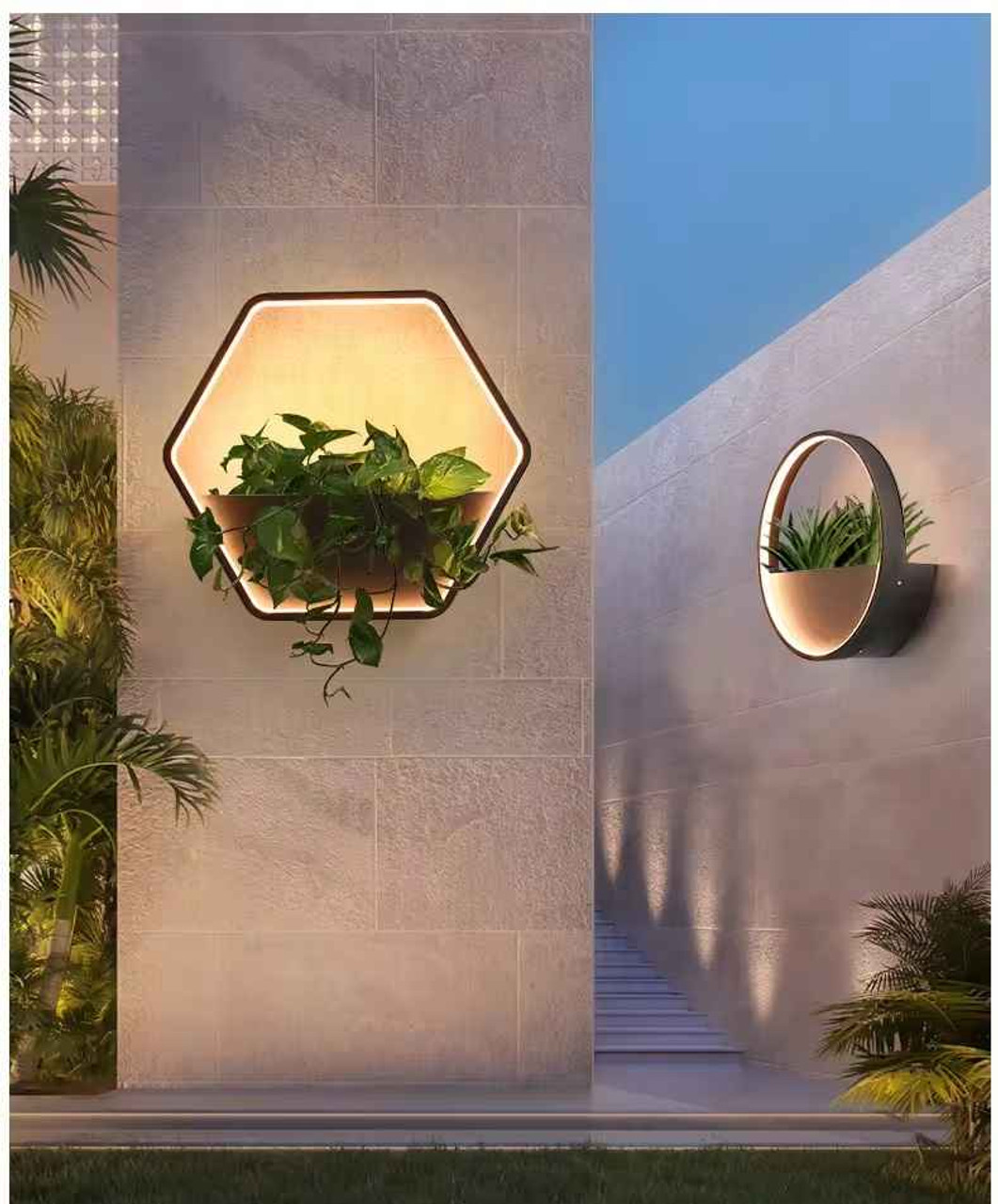
Conclusion: A Dance Between Form and Light
At its core, architecture is about creating spaces for people to live, work, and play. But without light, those spaces remain lifeless. The relationship between architecture and lighting is a delicate dance—one that requires careful consideration of both the form of the building and the way light interacts with it.
In my practice, I’ve always been fascinated by the potential of light to transform architecture, to reveal the hidden beauty in materials, to shape emotions, and to create experiences that go beyond the physical structure. Whether it’s the natural light streaming through a window or the carefully placed artificial lighting that highlights a building’s geometry, light is what gives architecture its soul.
As we continue to push the boundaries of architectural design, we must never forget the importance of light. Architecture and lighting are two sides of the same coin, and together, they have the power to create spaces that are not only functional and sustainable but also deeply human.
In the end, the perfect balance between architecture and lighting is about more than just illumination—it’s about creating places that resonate with people, that evoke emotion, and that stand as testaments to the power of design to shape our world.


